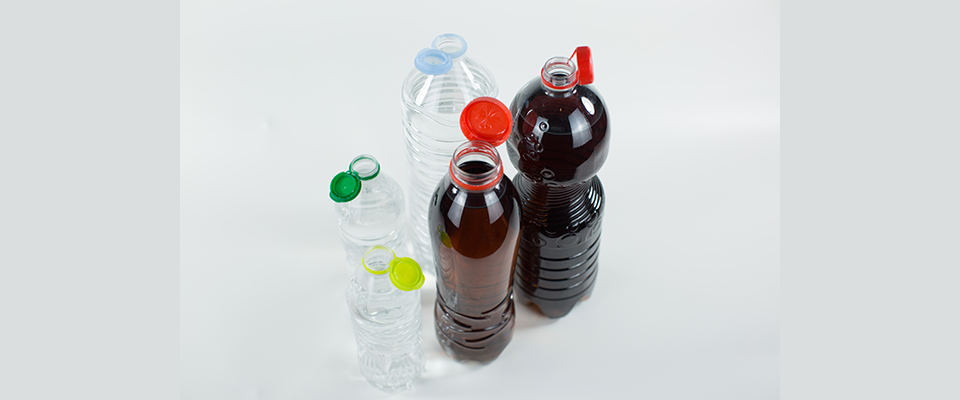From June to September 2020, more than 3,200 adult Europeans participated in a survey on tethered caps performed by Ales Research on behalf of Sidel. Through online interviews and in focus groups, consumers assessed the appeal, functionality and environmental impact of tethered caps, by expressing their environmental concerns and attitudes, overall beverage packaging requirements, visual expectations as well as their perspectives on tethered caps’ usability when pouring and drinking from the bottle and reclosing the cap. Sidel’s objective was to understand consumer acceptance of the new tethered caps and thus proactively support its customers in converting to tethered caps to comply with the new regulation and to ensure the success of their new packaging in the marketplace.
User-friendliness over environmental concerns
The survey results show that 87% of participants agree that plastic pollution harms the environment and that caps are a part of it. Meanwhile, 67% of consumers are convinced that changing their own behaviour in terms of waste sorting and reduction can make a difference for a greener environment. Interestingly, 45% of panellists realise tethered caps reduce the risk of cap loss because they remain attached to the bottle, therefore keeping them from getting dirty or lost. Only a minority of respondents (26%) believe that tethered caps will really help reduce plastic littering.
“Consumers have a very practical attitude towards bottle closures. As we can see, they are primarily concerned about product safety and user-friendliness, seeking evidence to tell whether the cap has been opened or not before they use the beverage or how easily they can close it. Additionally, cap tightness is crucial to avoid unnecessary spills,” explains Simone Pisani, Director Portfolio Value Creation at Sidel. According to the results, the usability of the cap itself, i.e. how easily the cap can be opened, how easy it is to pour from or drink from the bottle, comes immediately after in terms of importance. And the last preference criteria are cap attractiveness, child safety and how easily the bottle and cap can be recycled. “This perception may change in the future once consumers become more conscious of the environmental benefits tethered caps provide,” comments Simone.
Preferences towards different cap types
During the survey, consumers were also asked to compare existing screw caps with some tethered cap prototypes – snap-on and tethered screw caps, which are going to be introduced on the EU market – and also with existing sport caps. The survey results demonstrate that there is no solution that satisfies all needs: consumers’ first impression of snap-on caps is that the design is quite disruptive and they were surprised about the initial experience. Once they get used to it, they appreciate that it is very easy to open with one hand. Tethered screw caps were found to interfere with the lips and nose while drinking. Sport caps can be difficult to open, and their design makes it naturally difficult to pour the product into a cup or glass.
“Nevertheless, tethered screw caps, snap-on caps and sport caps show higher purchase intention than existing screw caps, since their opening is as easy and smooth as for the current solutions. Snap-on caps are particularly appreciated because they can be opened with just one hand”, adds Simone Pisani. Also, they are perceived as an environmental improvement. But ultimately, consumers very much appreciate that the tethered caps remain connected with the bottle, as this keeps them cleaner and reduces the chances of loss.
A more sustainable future
As noted earlier, the European Union passed a directive in 2019 on Single-Use Plastics (SUP) that aims to reduce the volume and impact of certain plastic products on the environment as well as promote the transition to a circular economy within the EU. The SUP directive sets clear targets to implement mandatory tethered caps for all beverage containers up to 3 L by 2024 as well as at least 25% rPET content in plastic containers and a collection rate of 77% for all single-use plastic beverage containers by 2025. The circular economy concept is not only an EU initiative, but also part of worldwide momentum in this direction. It is now in companies’ hands to transform the regulations into business opportunities.





